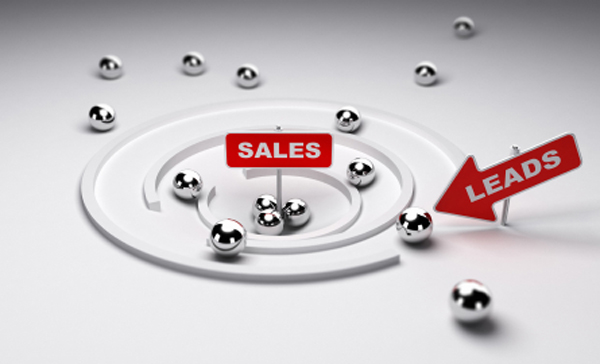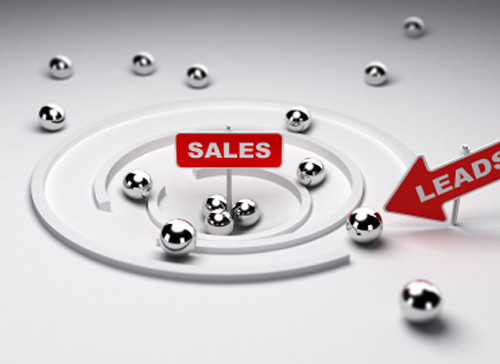
When it comes to lead generation, email marketing is one of the most effective tools that marketers can use. It allows marketers to capture data, reconnect with their customers and potential customers or target them on an individual or personal level with relevant content. However, all too often marketers mistake the importance of quality and quantity when considering their lead generation strategy, and underestimate the unparalleled opportunities to be had by using the data they already have and generating their own prospect pool.
Be wary of low cost data
Marketers need to be wary of buying at the lowest price and understand that the price of web traffic is such that you cannot collect quality, qualified data, legitimately at rock bottom prices. If you are buying a record for 5p or 10p no website, no matter how well optimised it is, can get the required web traffic to their website to make it convert, at such a low level to generate data at that value. So there are question marks over the legitimacy of it.
Marketers may want to take the gamble that buying at this price will convert back in the numbers, but at such low levels the likelihood of the leads they generate, actually converting is low. They’re also unlikely to provide you with much value.
That’s not to say that getting low priced data through methods such as co-registration and incentivisation doesn’t work. In fact if you have the right collection methods in place it can work very well. If there are controls on how the data is collected and verified and it is passed on to the client quickly there is a high chance the data will convert. However, to ensure your leads are qualified and convert, you need to make sure you have a robust nurturing programme in place.
As soon as leads are collected they need to be provided with a suitable and relevant inviting offer. Maintaining a positive level of communication is also important, especially in the early stages of the relationship, as you need to ensure that leads are provided with enough materials to turn them into a qualified lead, one that will be beneficial to business growth.
So what should marketers consider?
Just because data is cheap to acquire, it doesn’t mean it will provide you with any value. If you’re looking to buy lots of data on the cheap you’ll likely have to buy it at high volume, and find yourself spending £10,000 or £20,000 to buy that data. That’s a huge gamble. Especially if you fail to generate a high number of leads and then convert them. You need to focus on quality rather than quantity and identify the opportunities that will help you drive sales and meet your wider business objectives.
Using email to make the most of your data
You need to make sure you understand the data you’re gathering and deploy it across your campaigns to make sure you generate the greatest possible return. You have to understand: Why did they interact and engage with you in the first place? Why did they originally sign up? Presentation and personalisation is therefore key. So take the opportunity to profile them. This will enable you to understand as much as you can about them.
Give them the opportunity to feed back to you how they feel about your brand too and provide them with an opportunity to engage with you throughout the buying cycle so that when they are in a position to buy, as long as you know what they are looking for, you already have an established relationship with them which you can exploit. You’re not going to get that from a display, or PPC campaign. You simply don’t get that kind of opportunity to maximise that data.
A lead generation programme is a long term investment. Marketers can’t expect to see quick results; however you need to view it as a tangible asset to the business, so much so it should be added to the company balance sheet. If you view in that sense, it will deliver a far greater return than short term tactical campaign measures. However, you won’t be able to do this by using a one size fits all creative.
The messages need to be personalised and relevant to the recipient. This can only be done if the data is mined correctly. When someone has signed up through your site, it’s likely to be about a particular product – but you need to explore what that level of interest there is. Are they driven by price? Or are they driven by particular features of your site which are really important to them?
The quality of your lead generation data is key to any future successful campaigns. Segmentation, personalisation and the mining of data profiles, understanding people’s buying behaviours is absolutely critical to getting the most out of any lead generation programme. If you don’t respond to a lead within the first couple of weeks then you might as well write off the value of that data. If you don’t send them targeted, personalised data that is relevant to their needs then you might as well throw away the data.






